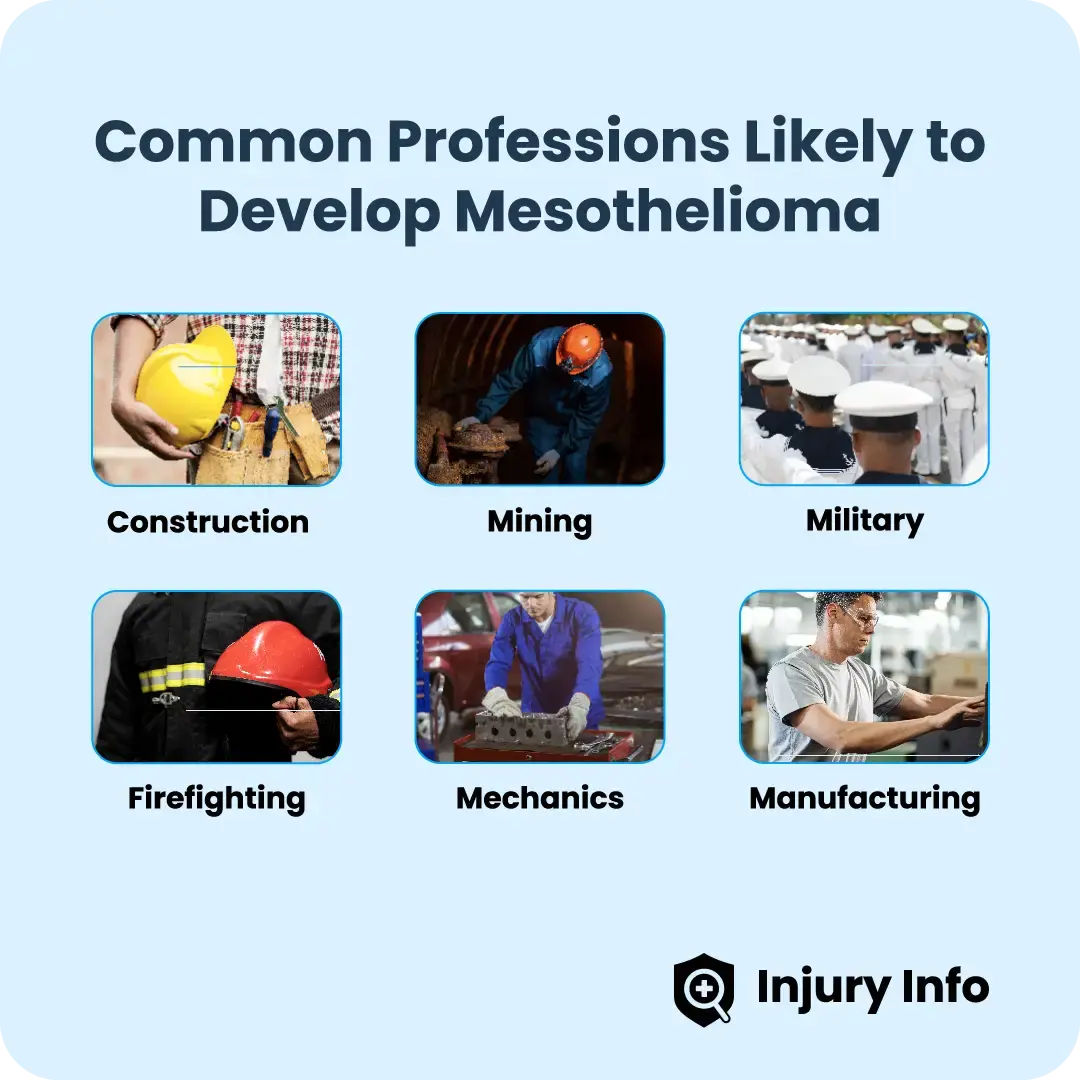
The Early Warning Signs and Symptoms of Mesothelioma
Mesothelioma is a rare type of cancer that’s most often linked to asbestos exposure. The disease takes a long time to show up after you’ve been exposed, but once it develops, it usually spreads quickly.
Because it’s easy to overlook symptoms or assume they’re no big deal, many people don’t get diagnosed until the cancer is advanced. If you discover mesothelioma early, you’ll likely have more treatment options.
This guide will help you understand your risks, the symptoms and ways to cope emotionally, financially and with everyday support.









